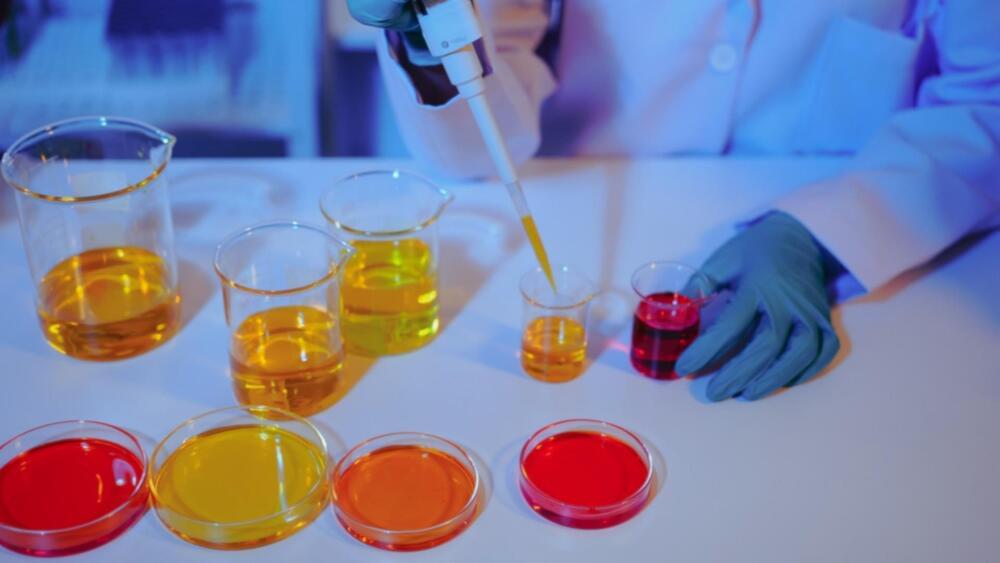
“There has been extensive talk about how larger trees respond to the effects of climate change,” said Dr. Thomas Murphy. “But these results show we need to factor in the response of young trees as well, especially if they are being envisioned as an integral part of the solution.”
Can climate change be fought using saturated soils, and what impacts would these soils have on newly planted trees? This is what a recent study published in Forest Ecology and Management hopes to address as a team of researchers from the University of Plymouth investigated how various soil saturation levels could influence the survival rates of newly planted trees meant to combat climate change. This study holds the potential to help scientists, conservationists, and legislators better understand the steps that can be taken to combat climate change without causing further harm to the environment.
The study involved planting acorns in four different soils: totally flooded, high saturation, medium saturation, and low saturation, with the water levels being just over eight-and-a-half inches (220 millimeters) beneath the acorns. In the end, the researchers discovered a zero-survivability rate for the totally flooded acorns while finding increased survivability rates for high saturation, medium saturation, and low saturation at 43 percent, 77 percent, and 83 percent, respectively. For the higher saturated acorns, the researchers also found decreased levels of leaf photosynthesis, root: shoot ratio, and decreased chances of late season shoot growth, as well.
Continue reading “The Impact of Soil Saturation on Woodland Creation: Insights from UK Uplands” »

















